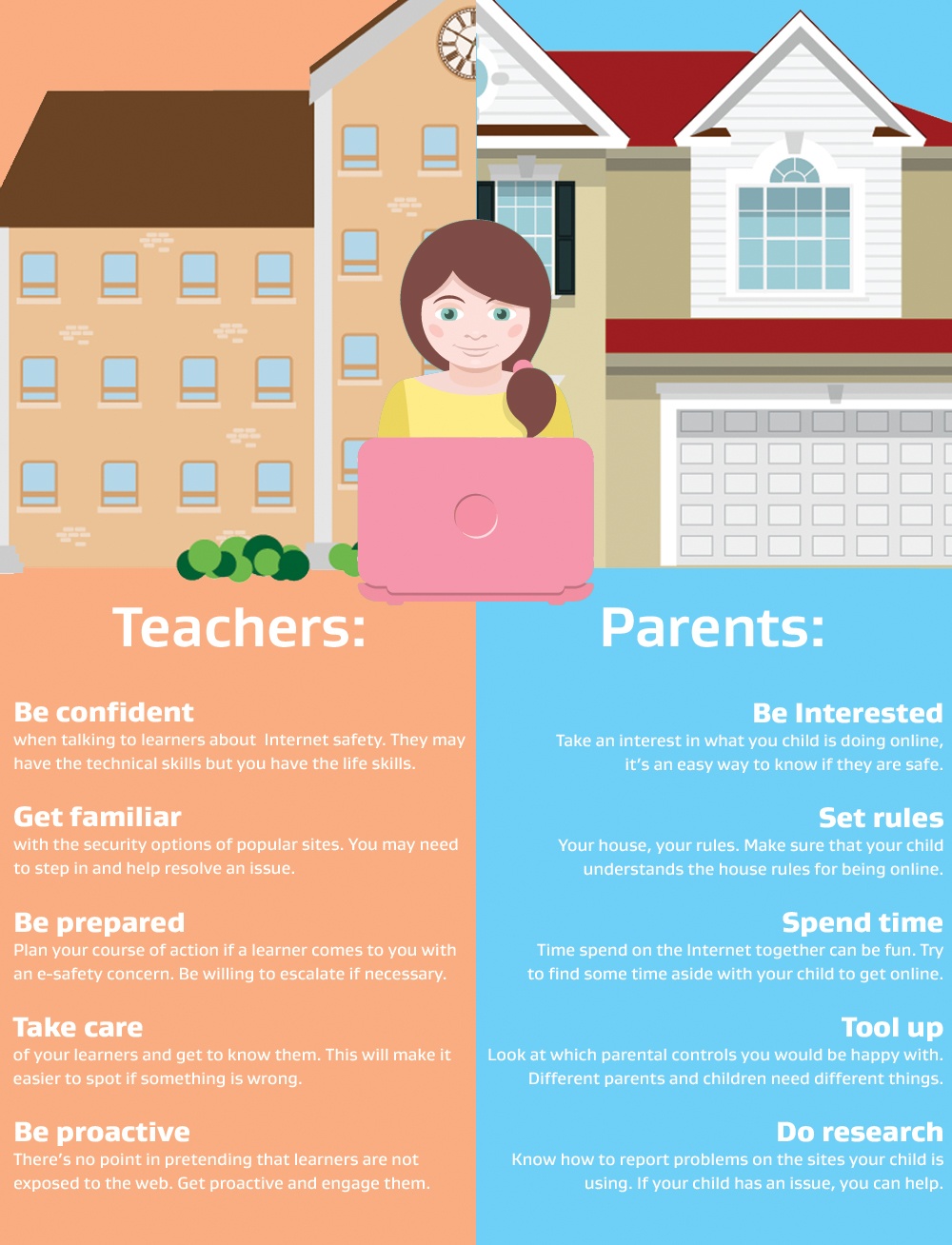We use cookies and similar technologies to recognize your repeat visits and preferences, to measure the effectiveness of campaigns, and improve our websites. For settings and more information about cookies, view our Cookie Policy. By clicking “I accept” on this banner or using our site, you consent to the use of cookies.
I Accept
This article contains:
As the ICT coordinator and Primary Phase Leader in a Special school in the UK, I have been teaching children with Special Educational Needs and Disabilities for 11 years.
Learners communicate and interact using the Internet on a daily basis and a large part of my job is making sure that they are safe online and that they develop the skills to continue this beyond the classroom, without limiting their opportunities for creativity, communication and confidence.
The children I teach are particularly vulnerable and more likely to be victims of online abuse, so I am extremely passionate about keeping them safe. This involves creating appropriate resources for teachers, parents and learners and spreading e-safety messages.
Although the Internet can be a very dangerous place for our children, I think that with guidance and protection it is fantastic learning tool. Just as a swimming pool can be dangerous, we don’t stop children swimming. Instead we set rules, build their confidence and teach them how to swim.
I feel we should adopt a similar approach when it comes to e-Safety. But whose responsibility is it to keep children safe online?
In my opinion the answer is simple; everyone. It needs to be a joint effort between parents, teachers, companies and governments. It is not just an ICT issue it is a safeguarding issue and our duty of care for our children.
AVG recently shared with me its latest research which looks into how teachers are using the Internet and their role in keeping children safe and of the 1,760 teachers they interviewed, 82% said that parents were too reliant on educators to teach e-safety to their children. The research also showed that 38% teachers feel that parents need to learn about e-safety themselves.
I think that this makes it clear that parents and carers do want and need more help. In my opinion, parents lack the confidence in talking to their children about e-safety as they are often concerned that they are less technical than their children. As an implication of this it can sometimes be difficult to engage parents about e-safety.
Parents need to realize that there are sites and resources available to help them talk about e-safety with their child (AVG’s Magda and Mo books are just one example) .
I also feel that companies need to take more responsibility creating resources, for example, how to report issues on social networks, to make it clear and obvious to both parents and children. Advertising campaigns about parental controls and online safety should be in the media to promote safety not just as a knee jerk reaction to any online incidents. For example, Public awareness campaigns such as we have seen for healthy eating and the Green Cross Code would be a great way to help spread the message about e-safety in the long term.
Teachers could also benefit from specialist e-safety training. According to AVG’s the research only 28% of teachers have had any formal online safety skills training. This is a very small percentage when you consider how important the Internet is becoming in education and the role that teachers are playing in teaching e-safety. However with e-safety being a part of the new Computing curriculum in the UK, I have cause to believe that better training is on the way in the UK.
In the meantime there are plenty of tools for teachers and parents; I use the ‘Somerset BYTE awards’ with my learners but there are plenty of ways to make e-safety fun and educational.
So, in that spirit here are my top tips for parents and teachers that show how, if we work together, we can help keep our children and learners safe as they begin to explore, learn and have fun on the World Wide Web.
